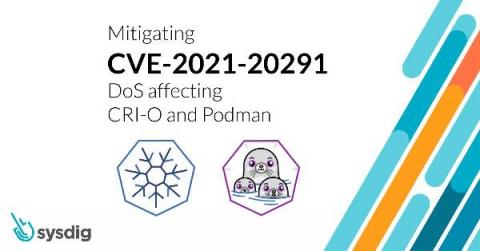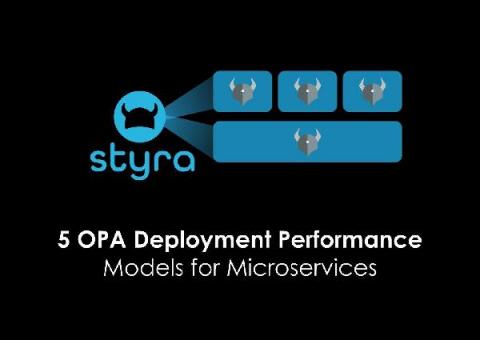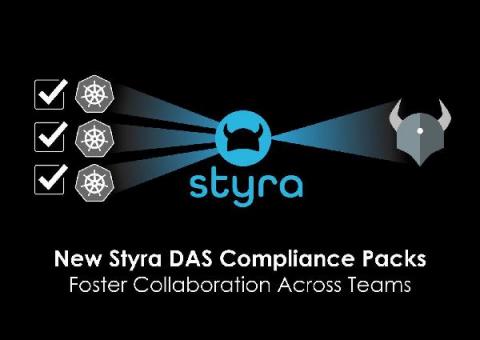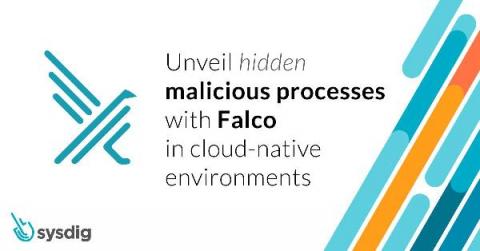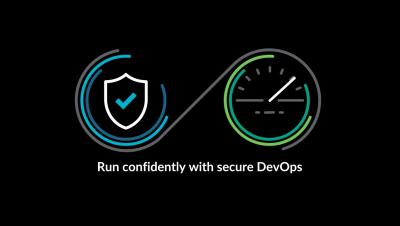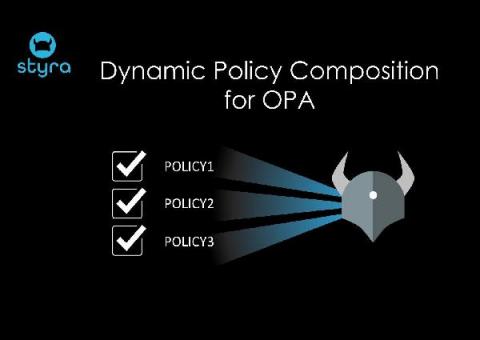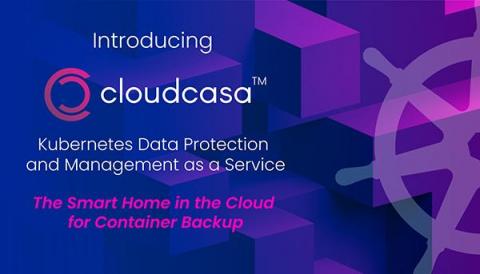The K8s network (security) effect
Around 20 years ago I had the privilege of joining a young company that invented the Firewall – Check Point. I learned most of my networking knowledge and skills at Check Point and, at that time, I was involved in the high end, rapidly evolving internet. This might be the reason why I truly believe that network security must be a layer in the overall security strategy. A few years ago, I came back to Check Point as a cloud security product manager.



